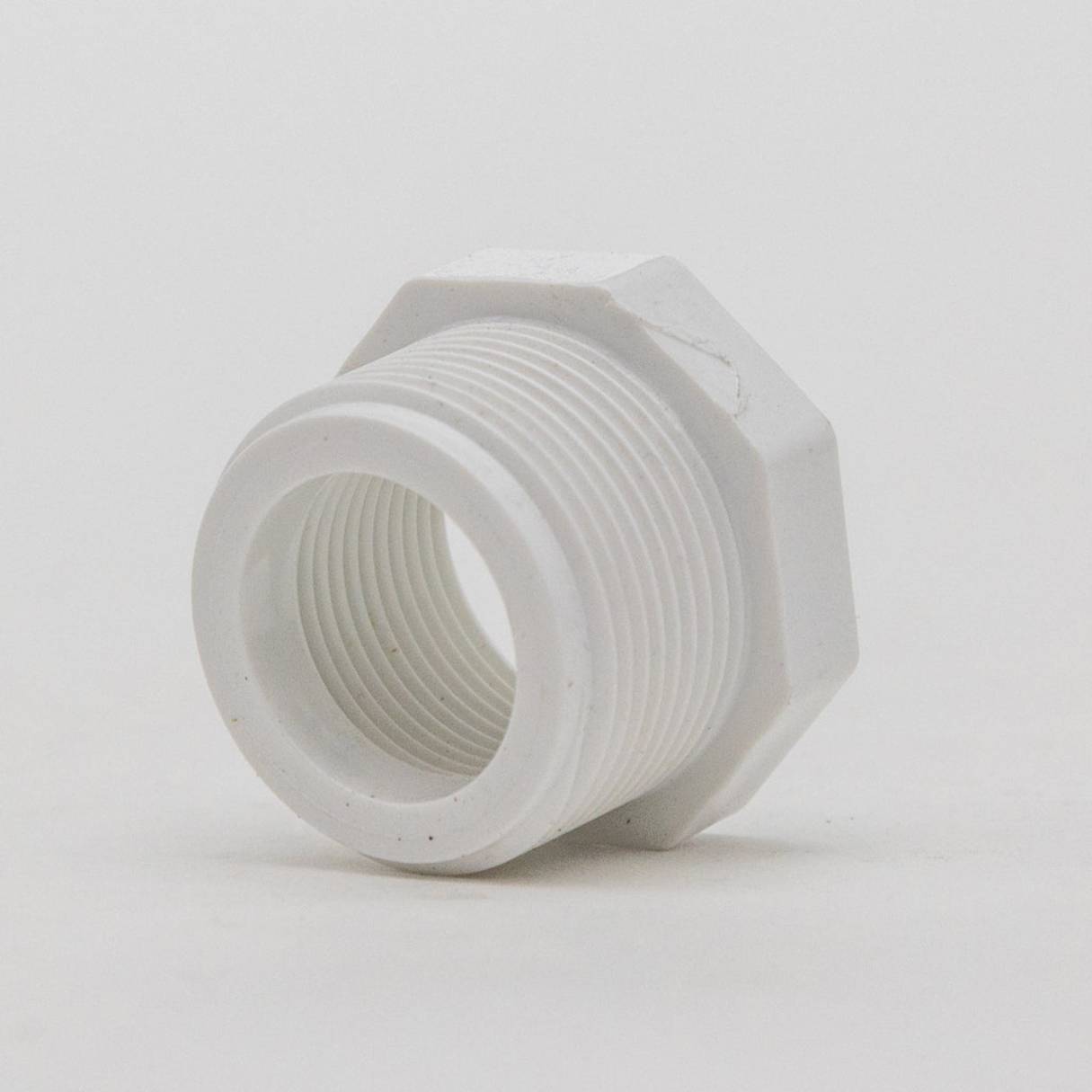

Articles
What Is Bushing In Plumbing
Modified: August 31, 2024
Learn about the importance of plumbing bushings and how they can improve your plumbing system. Explore informative articles on bushings and their functions.
(Many of the links in this article redirect to a specific reviewed product. Your purchase of these products through affiliate links helps to generate commission for Storables.com, at no extra cost. Learn more)
Introduction
When it comes to plumbing, there are many different components and devices that work together to ensure the proper functioning of a plumbing system. One such component that is often used is a bushing. A bushing is a small but crucial part of a plumbing system that plays a significant role in connecting pipes of different sizes.
In this article, we will explore what a bushing is in plumbing, the various types of bushings available, the purpose they serve, how they are installed, common issues that may arise with bushings, and how to effectively maintain and care for them.
By understanding the importance of bushings in the plumbing system, you can ensure that your plumbing system remains efficient and problem-free.
Key Takeaways:
- Bushings are essential in plumbing, providing leak-free connections between pipes of different sizes, stability, and adaptability. Regular maintenance and proper installation are crucial for ensuring their longevity and efficiency.
- Understanding the types, purposes, and installation process of bushings is vital for maintaining a reliable plumbing system. By following maintenance guidelines and seeking professional assistance when needed, you can ensure the optimal performance of your bushings.
Read more: How To Trim Greenery Bushes
What is a Bushing in Plumbing?
A bushing in plumbing is a small, cylindrical fitting that is used to connect pipes or tubing of different sizes. It acts as a reducer, allowing the connection of pipes with varying diameters in a smooth and secure manner.
Bushings are typically made of durable materials such as brass, copper, or PVC, depending on the application and the type of plumbing system being used. They can come in various sizes and configurations to accommodate different pipe sizes and connection requirements.
The main purpose of a bushing is to create a tight seal and ensure a leak-free connection between two pipes or fittings. By serving as an intermediary between pipes of different diameters, bushings help to maintain the integrity of the plumbing system and prevent any potential leaks or damage.
Additionally, bushings also provide stability and support to the connected pipes, reducing the risk of stress or strain on the joints. This is particularly important in plumbing systems where there may be movement or vibration, such as in underground or exposed pipes.
Bushings are commonly used in a variety of plumbing applications, including residential, commercial, and industrial settings. They are frequently employed when installing or repairing plumbing fixtures, such as faucets, toilets, showers, and water heaters, as well as for connecting different sections of pipes in a plumbing system.
Overall, a bushing in plumbing is an essential component that enables the seamless connection of pipes of different sizes, providing a secure and leak-free plumbing system.
Types of Bushings in Plumbing
In plumbing, there are several types of bushings available, each designed to cater to specific plumbing applications and requirements. Let’s explore some of the common types of bushings:
- Threaded Bushings: These bushings have internal and external threads, allowing them to be easily screwed into place. They are commonly used to connect pipes or fittings with threaded ends, providing a secure and leak-resistant connection.
- Slip Joint Bushings: Slip joint bushings, also known as reducing washers, have a slip joint design that allows for quick and easy installation. They are used to connect pipes or fittings of different diameters in a slip joint configuration, providing flexibility and adjustability in plumbing systems.
- Compression Bushings: Compression bushings consist of two parts – a compression nut and a compression sleeve. They are commonly used in compression fitting connections, providing a watertight seal by compressing the sleeve against the pipe or fitting.
- Flanged Bushings: Flanged bushings have a flange on one end, allowing for easy bolt-on installation. They are commonly used in applications where a secure and rigid connection is required, such as connecting pumps, valves, or large-diameter pipes.
- Tapered Bushings: Tapered bushings have a conical shape, with one end fitting snugly into the larger pipe or fitting and the other end accommodating the smaller pipe. They are commonly used to connect pipes or fittings with tapered ends, ensuring a tight and secure fit.
It is important to note that the specific type of bushing required will depend on the plumbing system, the pipes or fittings being connected, and the installation or repair needs.
Consulting with a professional plumber or referring to plumbing codes and guidelines can help determine the appropriate type of bushing for your specific plumbing application.
Purpose of Bushings in Plumbing
Bushings serve several important purposes in plumbing systems. Understanding these purposes can help you appreciate the significance of these small yet vital components. Here are some key purposes of bushings in plumbing:
- Size Adaptation: One of the primary purposes of bushings is to adapt or reduce the size of a plumbing connection. They allow for the seamless transition between pipes or fittings of different diameters, ensuring a proper and secure fit. By bridging the gap between two pipes with different sizes, bushings help prevent leaks, maintain water flow, and maintain the overall integrity of the plumbing system.
- Leak Prevention: Bushings are designed to create a tight and leak-resistant connection between pipes or fittings. By providing a reliable seal, they minimize the risk of water leakage, which can cause damage to structures, promote mold growth, and lead to costly repairs. Whether it’s a threaded, slip joint, compression, or flanged bushing, all types are engineered to prevent leaks and maintain the efficiency of the plumbing system.
- Stability and Support: Another purpose of bushings is to provide stability and support to the connected pipes or fittings. They help distribute the weight and stress evenly, reducing the strain on the joints. This is particularly important in plumbing systems where there may be movement, pressure changes, or vibrations. By enhancing the structural integrity of the plumbing system, bushings contribute to its longevity and reliability.
- Flexibility and Adjustability: Certain types of bushings, such as slip joint bushings, offer flexibility and adjustability in plumbing installations. They allow for easy adjustments or disconnections, making maintenance or repairs more convenient. With slip joint bushings, for example, you can easily adjust the length of a pipe without the need for specialized tools or complicated procedures.
- Compatibility and Versatility: Bushings are available in various materials, sizes, and configurations to accommodate different plumbing applications. They are compatible with a wide range of pipe materials, including PVC, copper, brass, and more. This versatility makes bushings a versatile and adaptable component in plumbing systems.
In summary, the purpose of bushings in plumbing is to facilitate size adaptation, prevent leaks, provide stability and support, offer flexibility and adjustability, and ensure compatibility and versatility. By fulfilling these purposes, bushings contribute to the reliability, efficiency, and longevity of a plumbing system.
When installing a bushing in plumbing, make sure to use the correct size and material for the specific application. Always use thread sealant or tape to prevent leaks and ensure a tight seal.
Installation of Bushings in Plumbing
The installation of bushings in plumbing is a relatively straightforward process that can be completed with basic plumbing tools. Here are the general steps for installing bushings:
- Prepare the Pipes: Ensure that the pipes or fittings to be connected are clean and free from debris. Use a pipe cutter or hacksaw to cut the pipes to the desired length, if necessary.
- Choose the Appropriate Bushing: Select the type and size of bushing that matches the requirements of your plumbing system. Consider factors such as pipe material, pipe size, and the type of connection needed (threaded, slip joint, compression, etc.).
- Apply Thread Sealant (if applicable): If using threaded bushings, apply a thin layer of thread sealant tape or pipe dope to the male threads of the bushing. This helps create a tight seal and prevents leaks.
- Insert the Bushing: Carefully insert the bushing into one end of the pipe or fitting. Make sure that it fits securely and sits flush against the end.
- Tighten or Secure: Depending on the type of bushing used, tighten or secure it in place using the appropriate method. For threaded bushings, hand-tighten them into the threaded pipe or fitting until snug. For slip joint or compression bushings, follow the manufacturer’s instructions for proper installation and securing.
- Repeat if Necessary: If connecting multiple pipes or fittings, repeat the above steps for each connection point that requires a bushing.
- Check for Leaks: Once all the bushings are installed, carefully turn on the water supply and check for any signs of leakage around the connections. If any leaks are detected, tighten the connections further or apply additional thread sealant as needed.
- Test the System: Run water through the plumbing system to ensure that the connections are secure and functioning properly. Monitor for any leaks or any unusual water flow.
It is important to follow any specific installation instructions provided by the manufacturer of the bushing or any applicable plumbing codes and regulations. If you are unsure about the installation process or lack experience in plumbing, it may be best to consult with a professional plumber for assistance.
By properly installing bushings, you can ensure a secure and reliable connection between pipes or fittings in your plumbing system, minimizing the risk of leaks and maintaining the overall efficiency of the system.
Common Issues with Bushings in Plumbing
While bushings are an important component of plumbing systems, there are a few common issues that can arise. Understanding these issues can help you identify and address them promptly. Here are some of the common issues with bushings in plumbing:
- Leakage: One of the primary issues that can occur with bushings is leakage. This can be caused by a faulty installation, worn-out bushings, or improper sealing. If you notice any signs of water leakage around the bushing connections, it is important to address the issue immediately to prevent further damage.
- Corrosion: Depending on the type of material used for the bushing, corrosion can occur over time. This is more common when dissimilar metals are in contact, leading to galvanic corrosion. Corrosion can weaken the bushing and impair its ability to create a secure seal. Regular inspection and maintenance can help identify and prevent corrosion-related issues.
- Wear and Tear: Bushings, like any other plumbing component, can experience wear and tear over time. Constant exposure to water, temperature fluctuations, and movement within the plumbing system can contribute to the deterioration of bushings. Regular inspection and replacement of worn-out bushings are essential to prevent potential leaks or failures.
- Incorrect Size or Type: Using the wrong size or type of bushing can lead to connection issues, leaks, and overall inefficiency in the plumbing system. It is crucial to ensure that the bushing selected matches the specific requirements of the pipe or fitting being connected. Consulting with a professional plumber or referring to plumbing guidelines can help avoid this issue.
- Improper Installation: Incorrect installation practices can also lead to issues with bushings. Whether it is insufficient tightening, inadequate sealing, or improper alignment, mistakes during installation can compromise the performance and integrity of the bushing. It is important to follow manufacturer instructions or seek professional assistance for proper installation.
- Blockages: In certain cases, debris or sediment can accumulate inside the bushing, leading to blockages. This can restrict water flow and cause issues within the plumbing system. Regular cleaning and maintenance can help prevent blockages and ensure the smooth operation of the bushing.
It is crucial to address any issues with bushings promptly to prevent further damage to the plumbing system. Regular inspection, maintenance, and occasional replacement of worn-out bushings are key to maintaining the efficiency and reliability of your plumbing system.
If you encounter any complex or persistent issues with bushings or other plumbing components, it is recommended to seek the assistance of a professional plumber for a thorough assessment and resolution.
Maintenance and Care for Bushings in Plumbing
To ensure the longevity and proper functioning of bushings in your plumbing system, regular maintenance and care are essential. By following these simple guidelines, you can prevent common issues and maximize the lifespan of your bushings:
- Inspect Regularly: Conduct routine visual inspections of your plumbing system, including the bushings. Look for any signs of leaks, corrosion, or wear and tear. By catching any issues early on, you can address them promptly and prevent further damage.
- Keep the Surrounding Area Clean: Ensure that the area surrounding the bushings is kept clean and free from debris. Accumulated dirt, dust, or debris can contribute to corrosion or blockages, affecting the performance of the bushing. Regularly clean the immediate area around the bushings during routine housekeeping.
- Maintain Consistent Water Pressure: Fluctuations in water pressure can put unnecessary stress on the bushings and the entire plumbing system. Install a pressure regulator if necessary to maintain a consistent water pressure level. This will reduce the risk of leaks and premature wear on the bushings.
- Preventative Measures against Corrosion: Take measures to prevent or minimize corrosion in the plumbing system. This can include using dielectric unions, which isolate dissimilar metals to prevent galvanic corrosion. Applying a corrosion-resistant coating or tape on exposed bushings can also help protect them from corrosion.
- Practicing Safe Plumbing Habits: Be mindful of what goes into your plumbing system. Avoid dumping harsh chemicals or corrosive substances down the drains, as they can damage the bushings and other plumbing components. Be cautious with drain cleaners, as some can be harmful to certain types of bushings.
- Perform Regular Cleaning and Flushing: Periodically flush your plumbing system to remove any accumulated sediment or debris that could clog the bushings. This can help maintain proper water flow and prevent blockages that can lead to leaks or inefficiencies.
- Seek Professional Assistance: If you encounter any complex issues or notice significant damage to the bushings, it is advisable to seek the help of a professional plumber. They have the expertise and tools to properly assess the situation and provide appropriate repairs or replacements.
- Keep Records: Maintain a record of when the bushings were installed or replaced, as well as any maintenance or repairs performed. This will help you stay organized and stay on top of any necessary follow-up actions or future maintenance needs.
By following these maintenance tips and giving proper care to your bushings, you can ensure their optimal performance and longevity, contributing to a reliable and efficient plumbing system.
Conclusion
In the world of plumbing, bushings play a crucial role in maintaining the integrity and functionality of the plumbing system. These small but essential components allow for the seamless connection of pipes or fittings of different sizes, ensuring a secure and leak-free plumbing system.
Throughout this article, we have explored the importance of bushings in plumbing, their various types, their purposes, installation process, common issues that may arise, and the maintenance and care required to keep them in optimal condition. By understanding and implementing these guidelines, you can ensure the efficiency, reliability, and longevity of your plumbing system.
Remember to choose the appropriate type of bushing for your specific plumbing application, considering factors such as pipe size, material, and connection method. Take care during installation, ensuring a secure and leak-resistant connection. Regularly inspect the bushings for signs of leakage, corrosion, or wear and tear. Keep the surrounding area clean, maintain consistent water pressure, and practice safe plumbing habits to prevent any damage or issues.
If you encounter any complex issues or feel uncertain about any aspect of your plumbing system, do not hesitate to seek the assistance of a professional plumber. They have the expertise and knowledge to provide accurate assessment, repairs, or replacements when needed.
By giving proper attention to your bushings and the overall maintenance of your plumbing system, you can ensure a reliable and leak-free plumbing experience for years to come. So, take the necessary steps to care for your bushings and enjoy the benefits of a well-functioning plumbing system.
Keep in mind that regular maintenance, inspection, and timely repairs are key to preventing major issues and ensuring the efficiency and longevity of your plumbing system. With proper care and attention, your bushings will continue to play their crucial role in maintaining the smooth operation of your plumbing system.
Frequently Asked Questions about What Is Bushing In Plumbing
Was this page helpful?
At Storables.com, we guarantee accurate and reliable information. Our content, validated by Expert Board Contributors, is crafted following stringent Editorial Policies. We're committed to providing you with well-researched, expert-backed insights for all your informational needs.
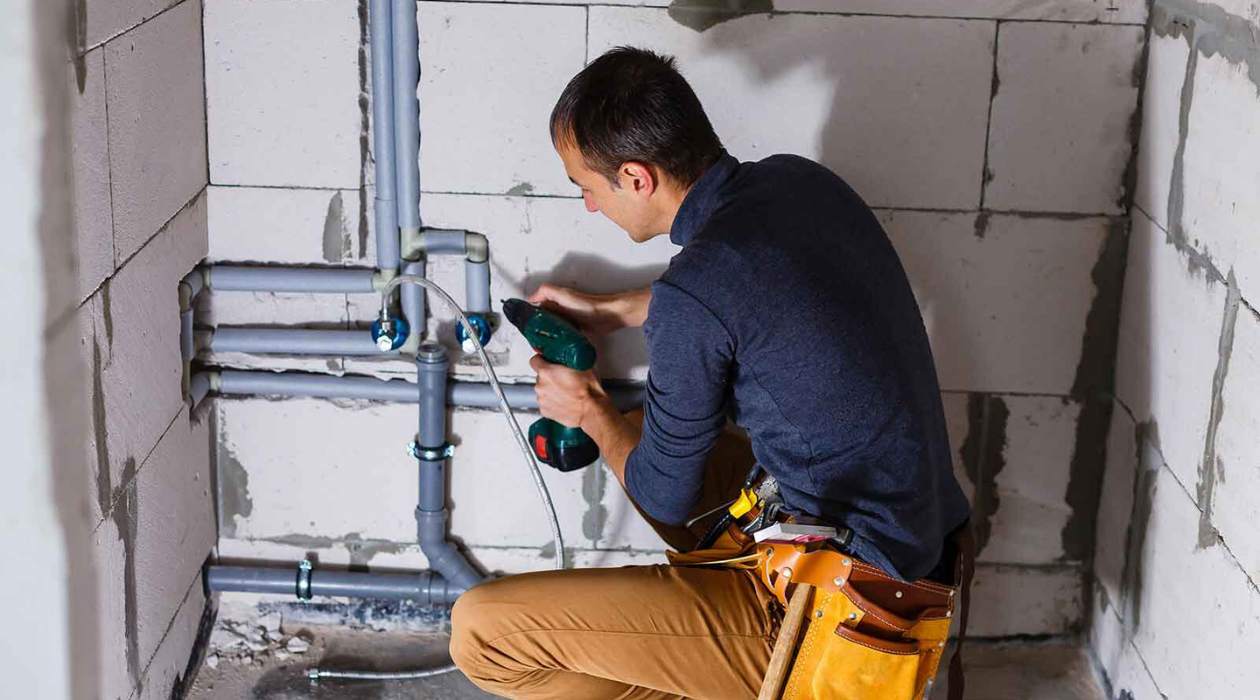
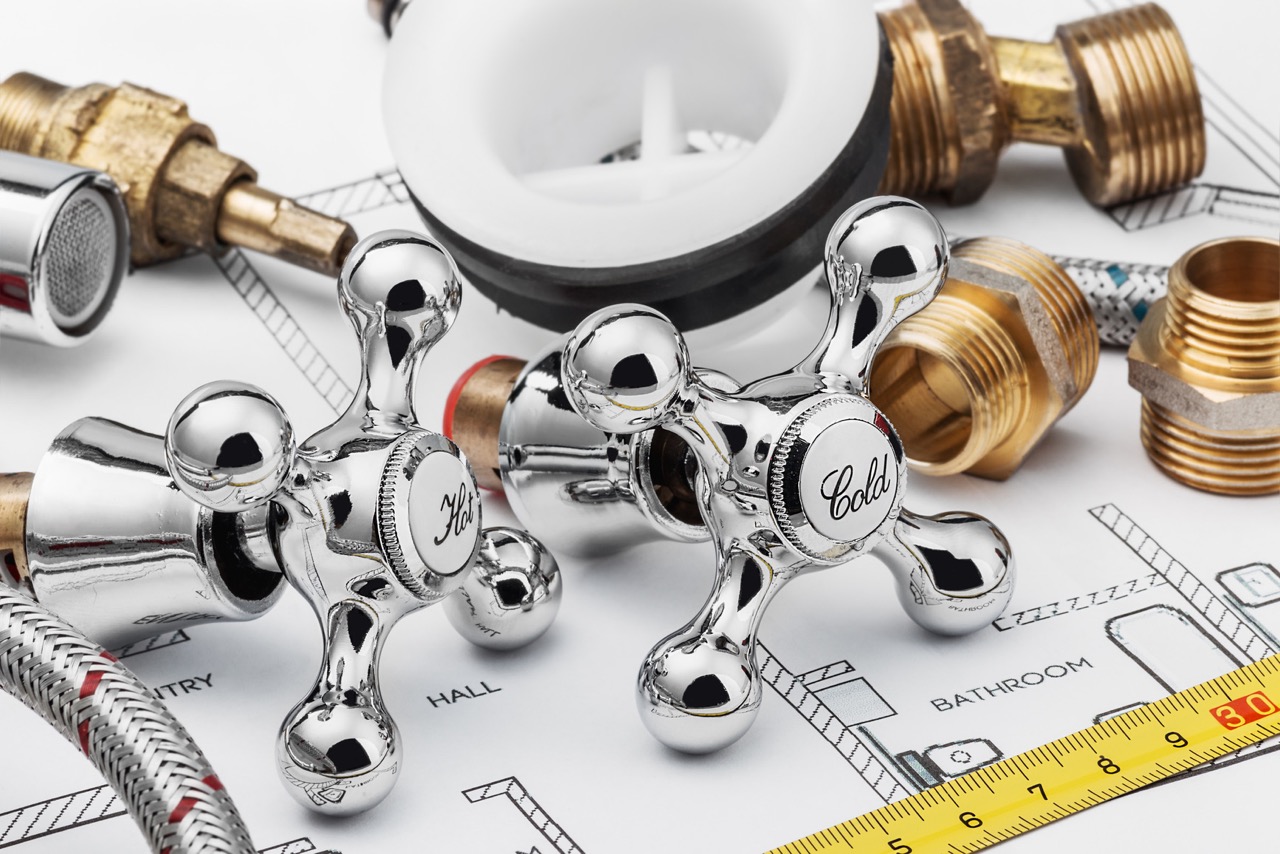
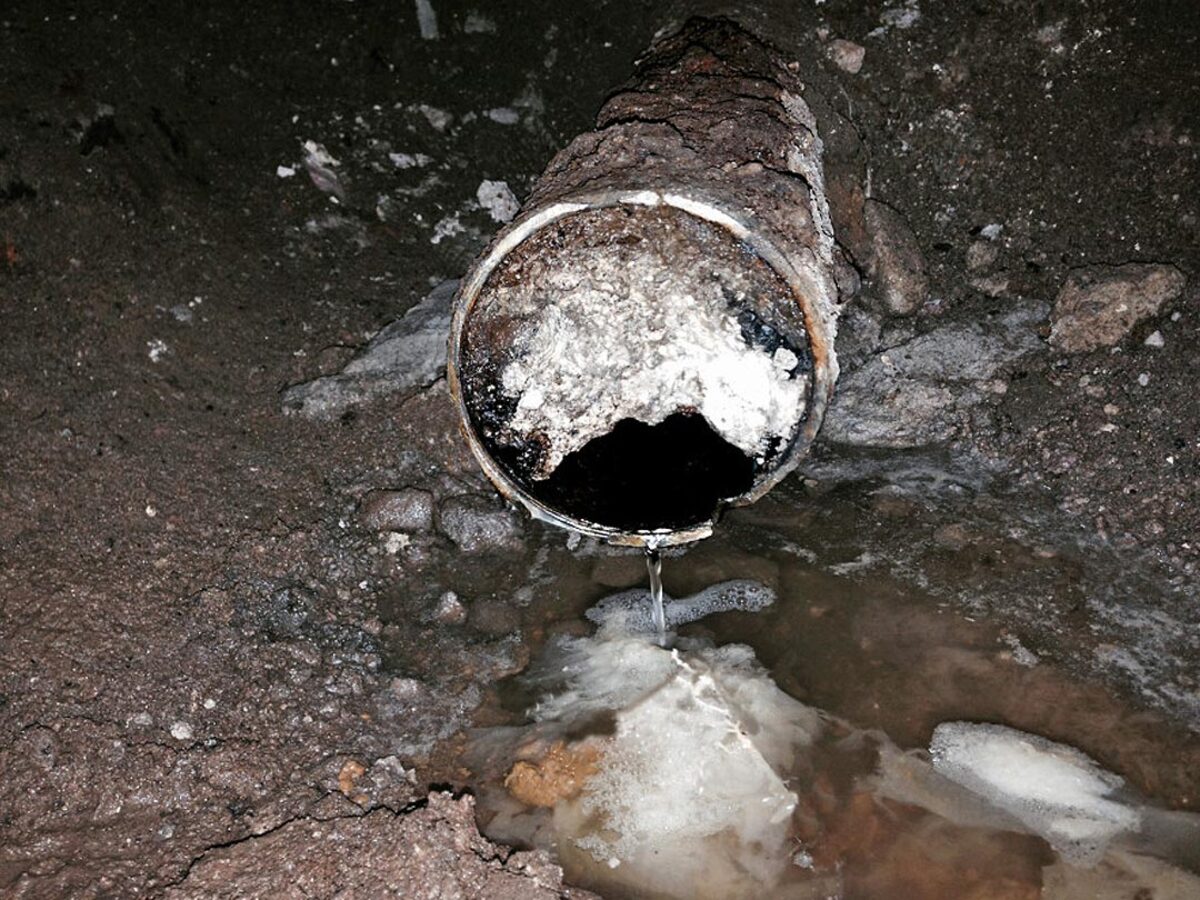
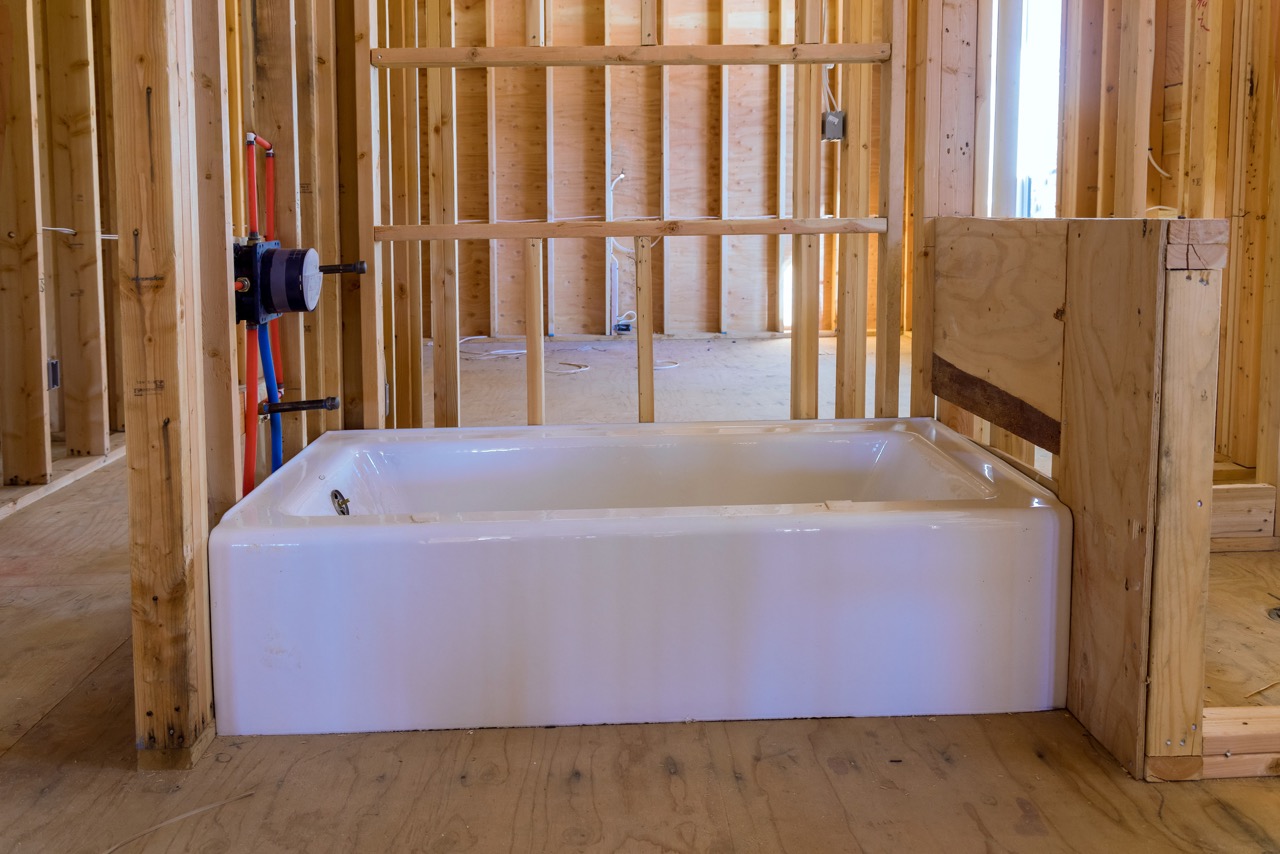
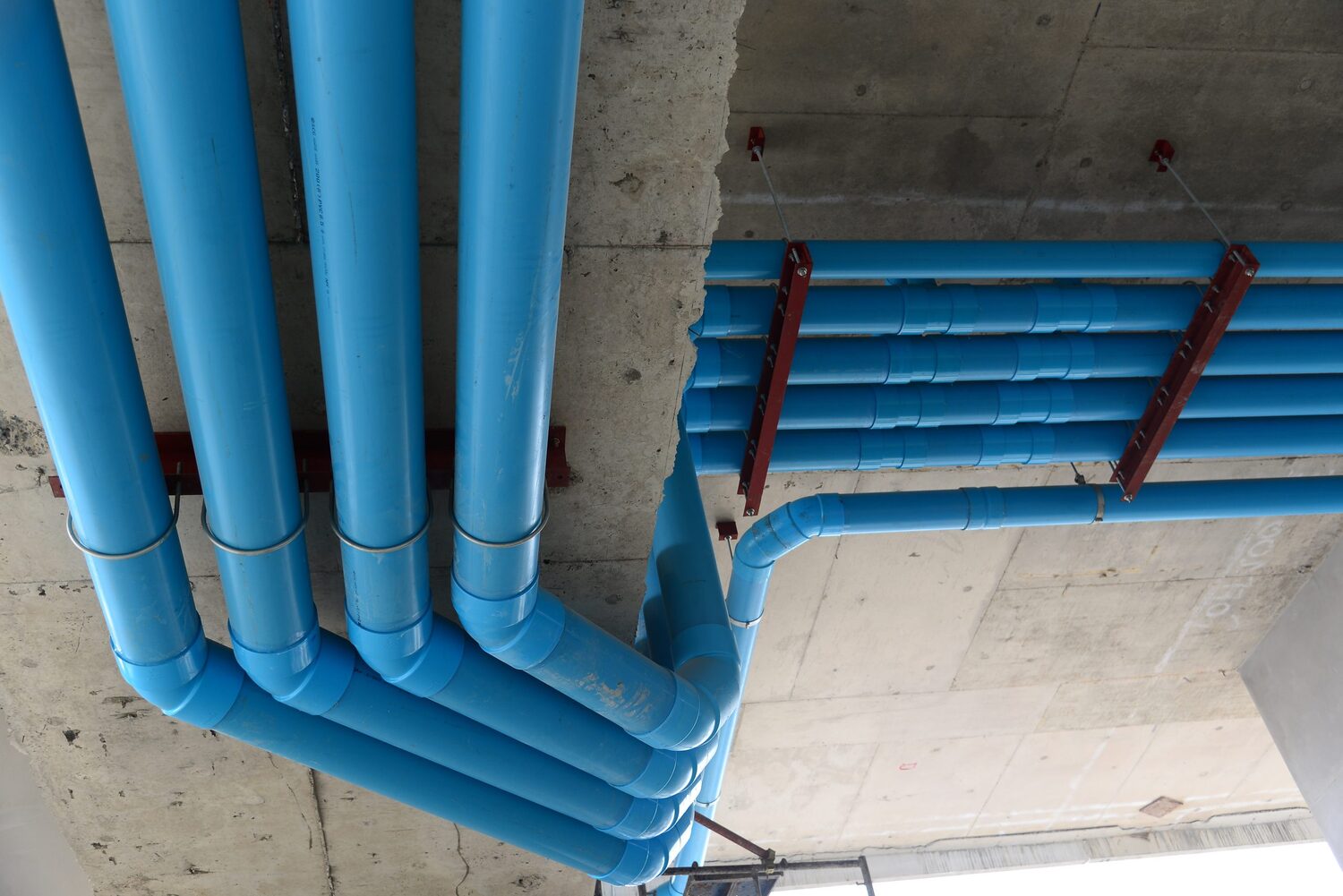
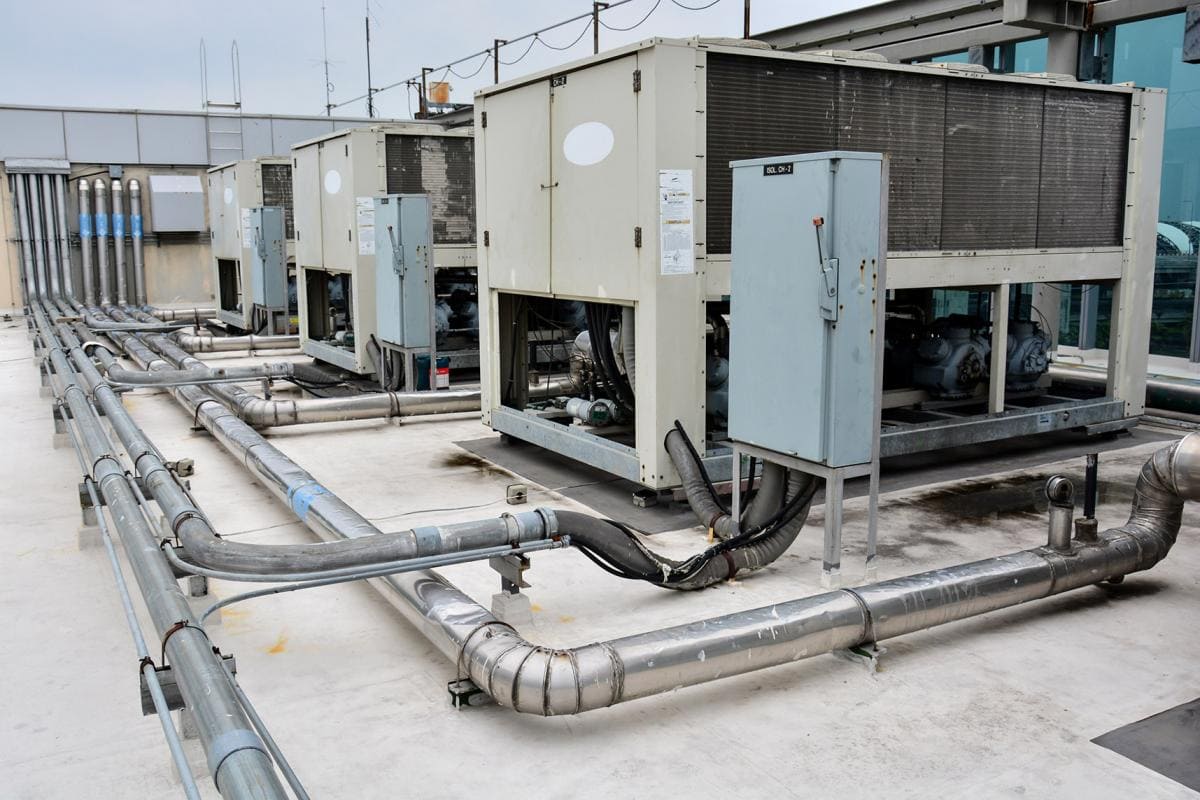
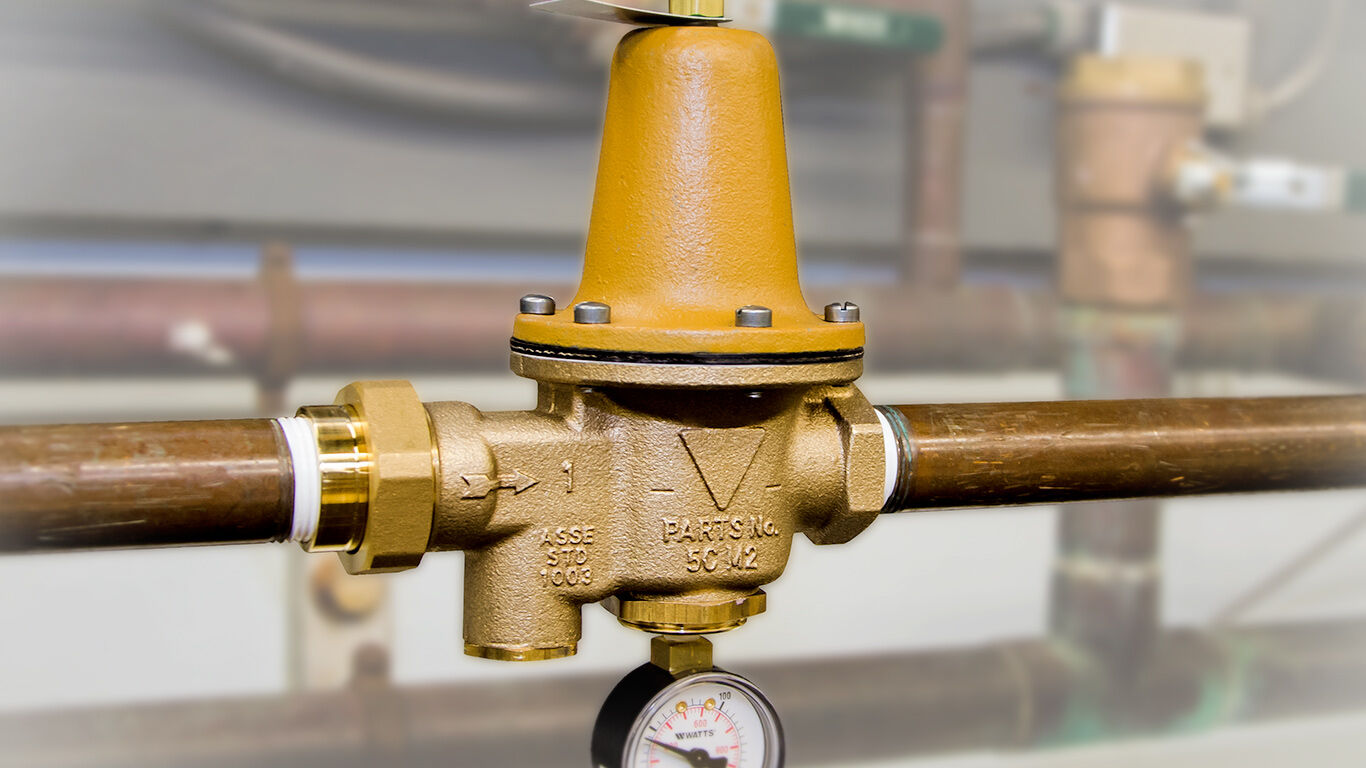
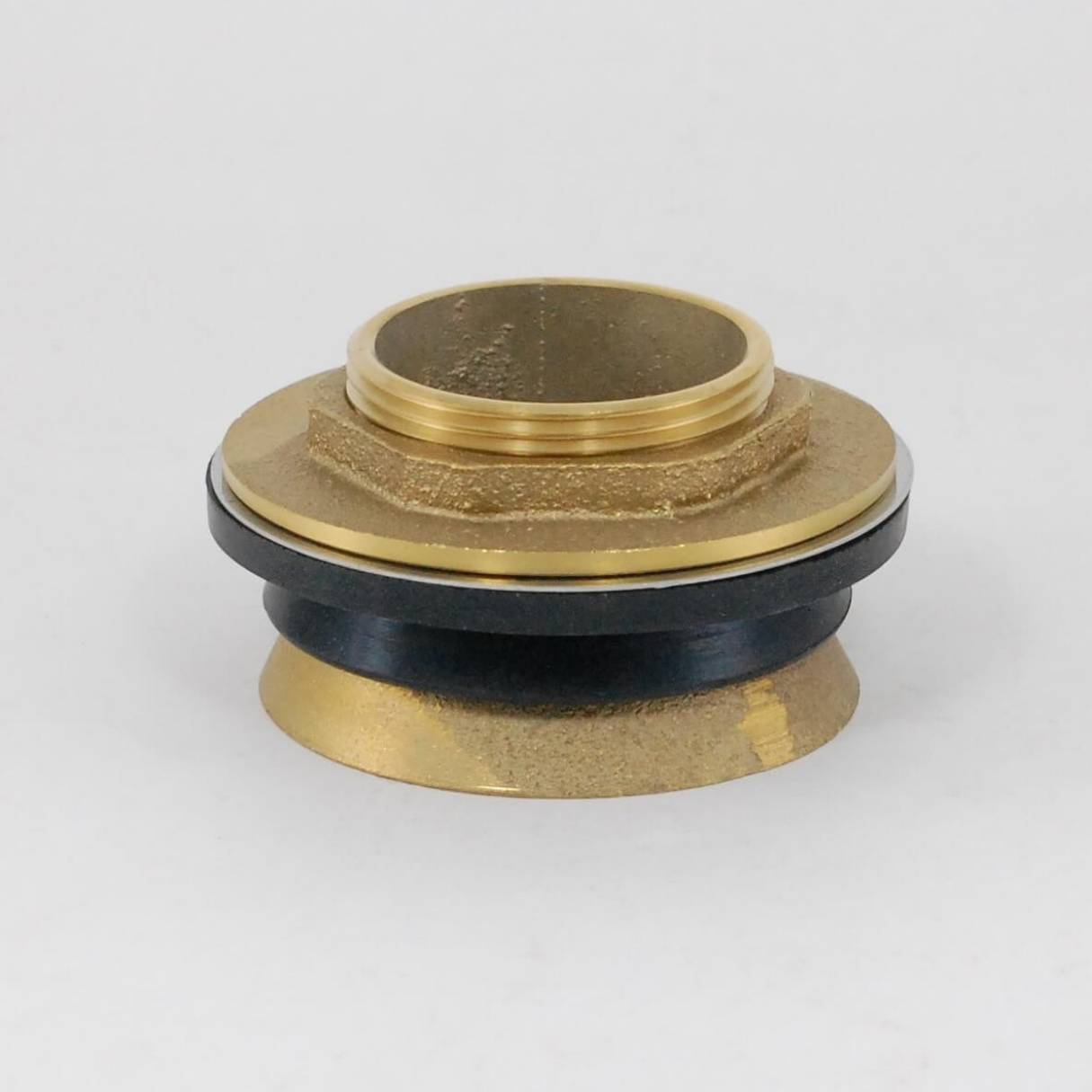
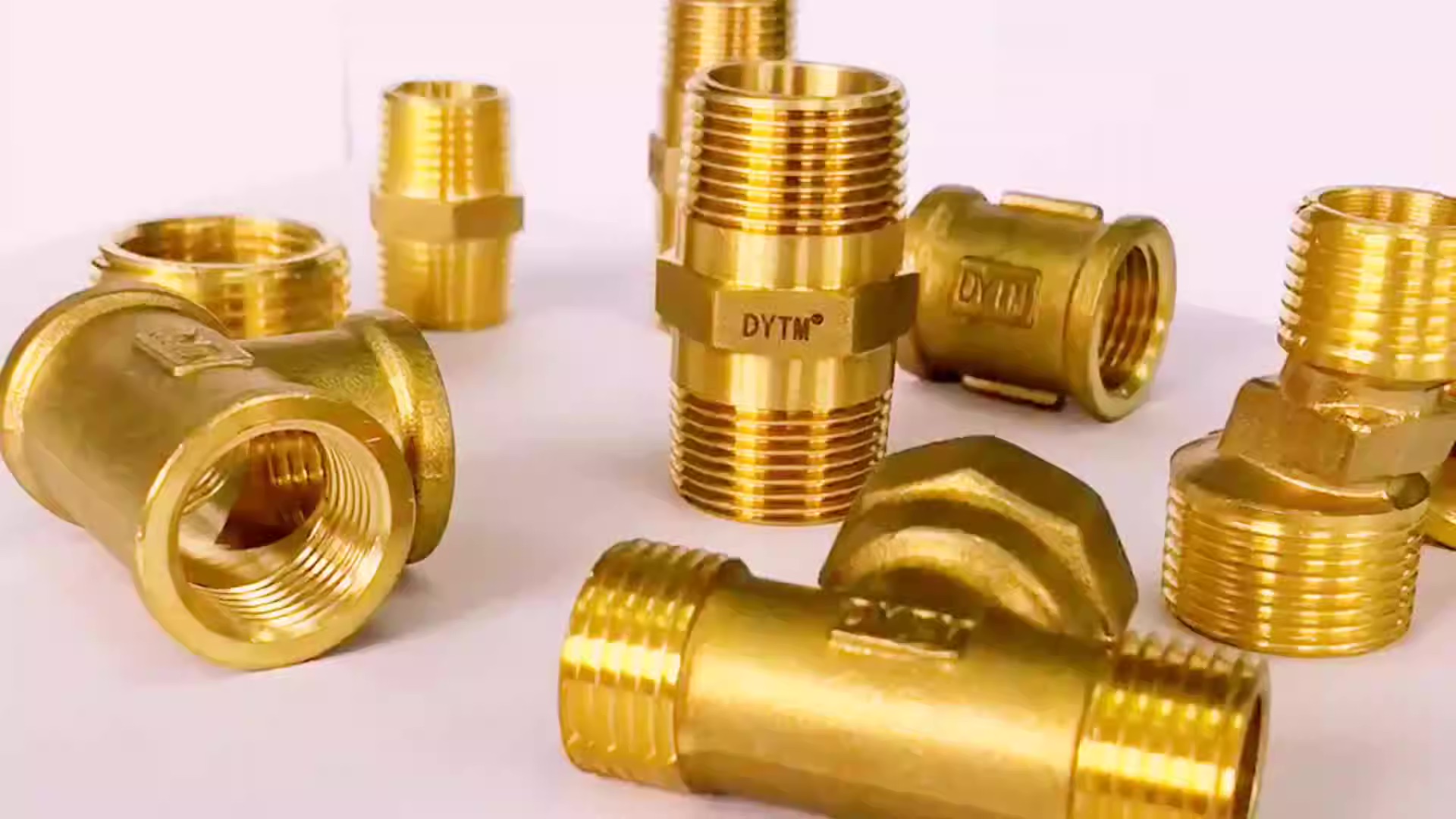
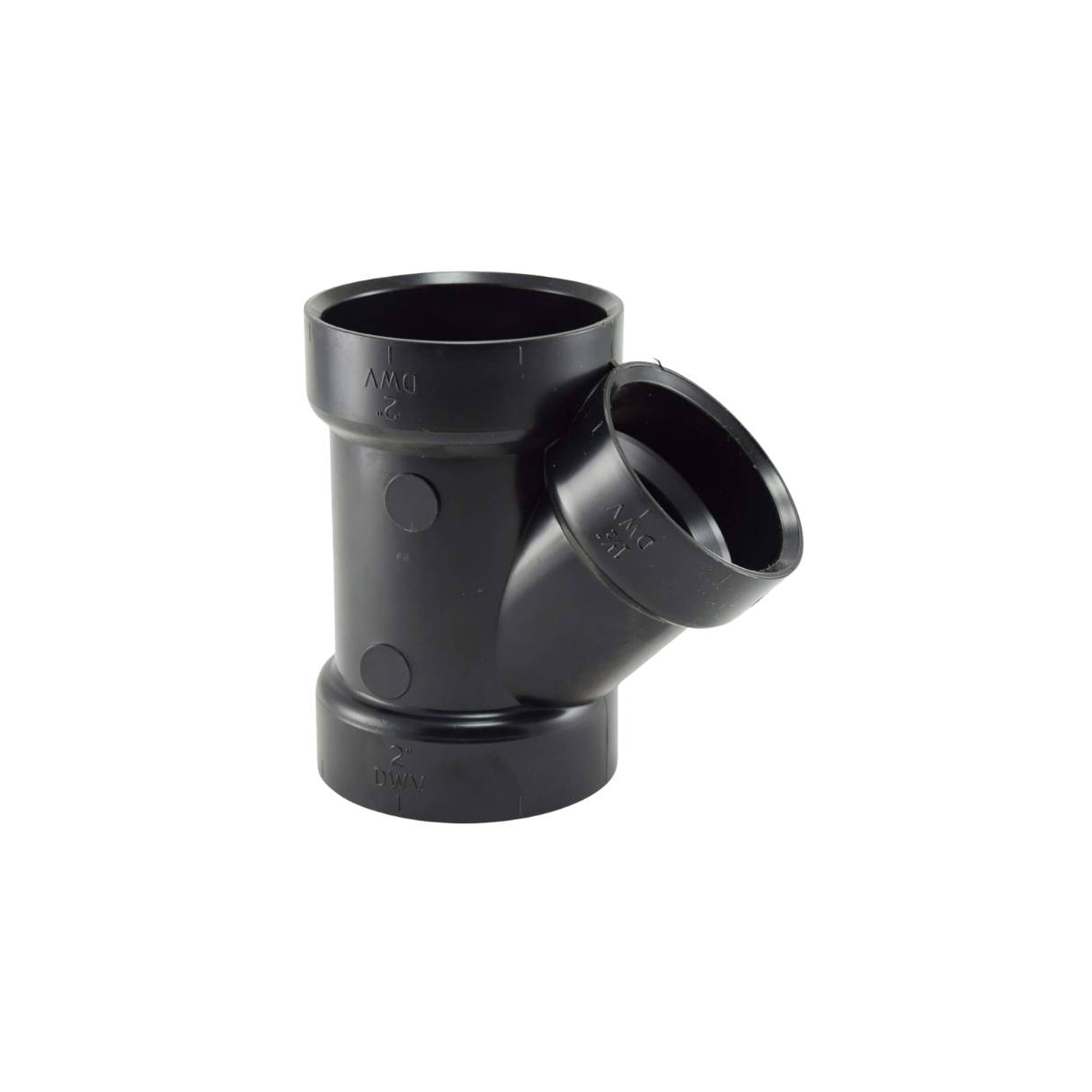
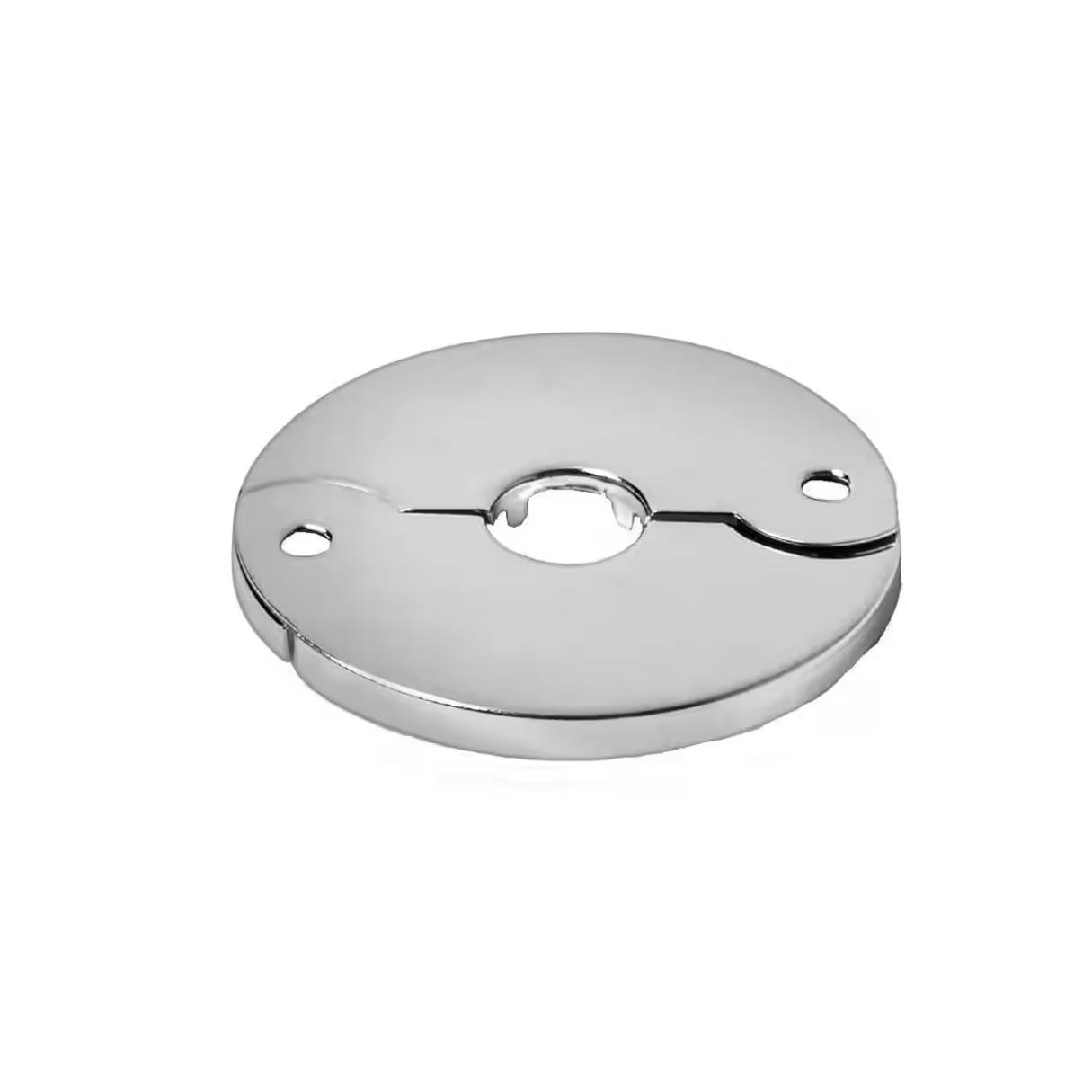
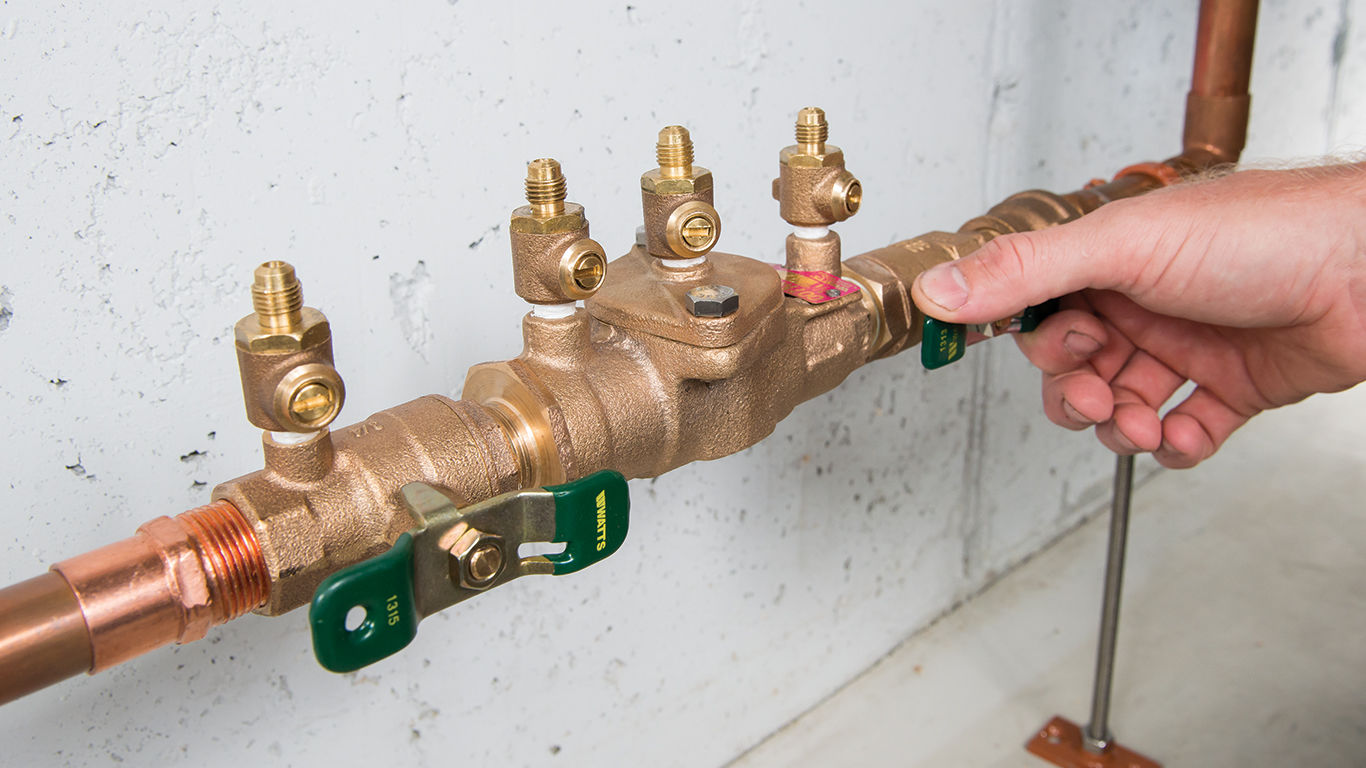
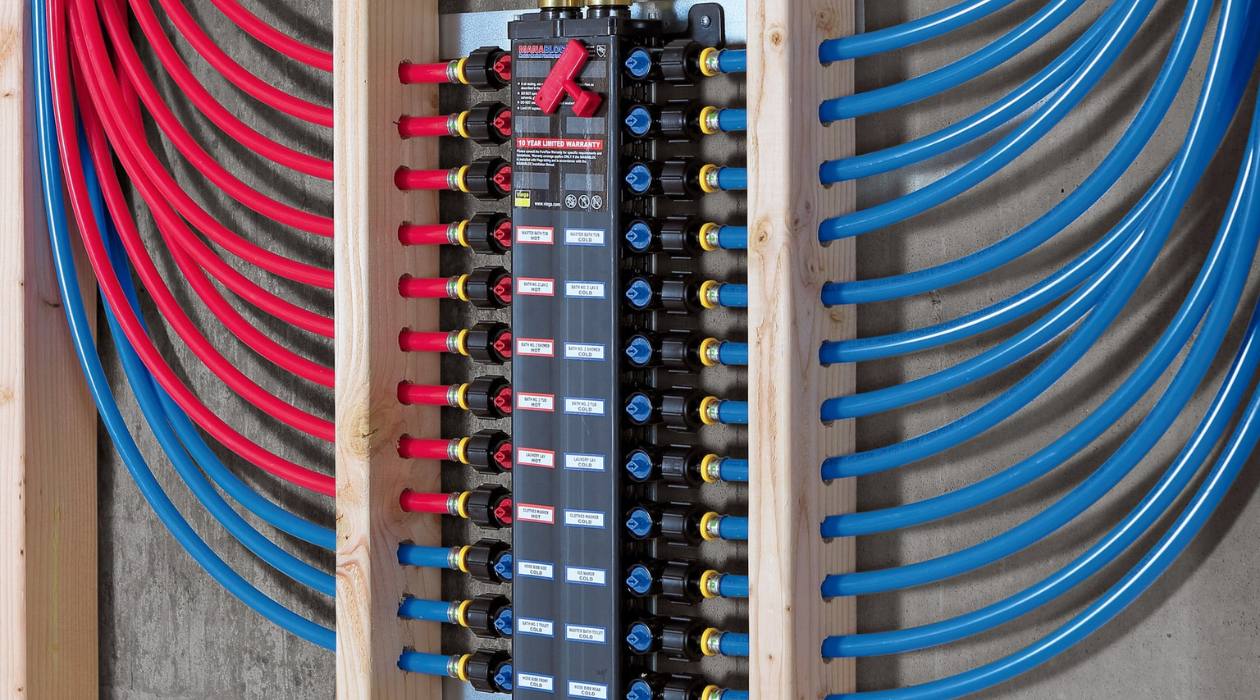
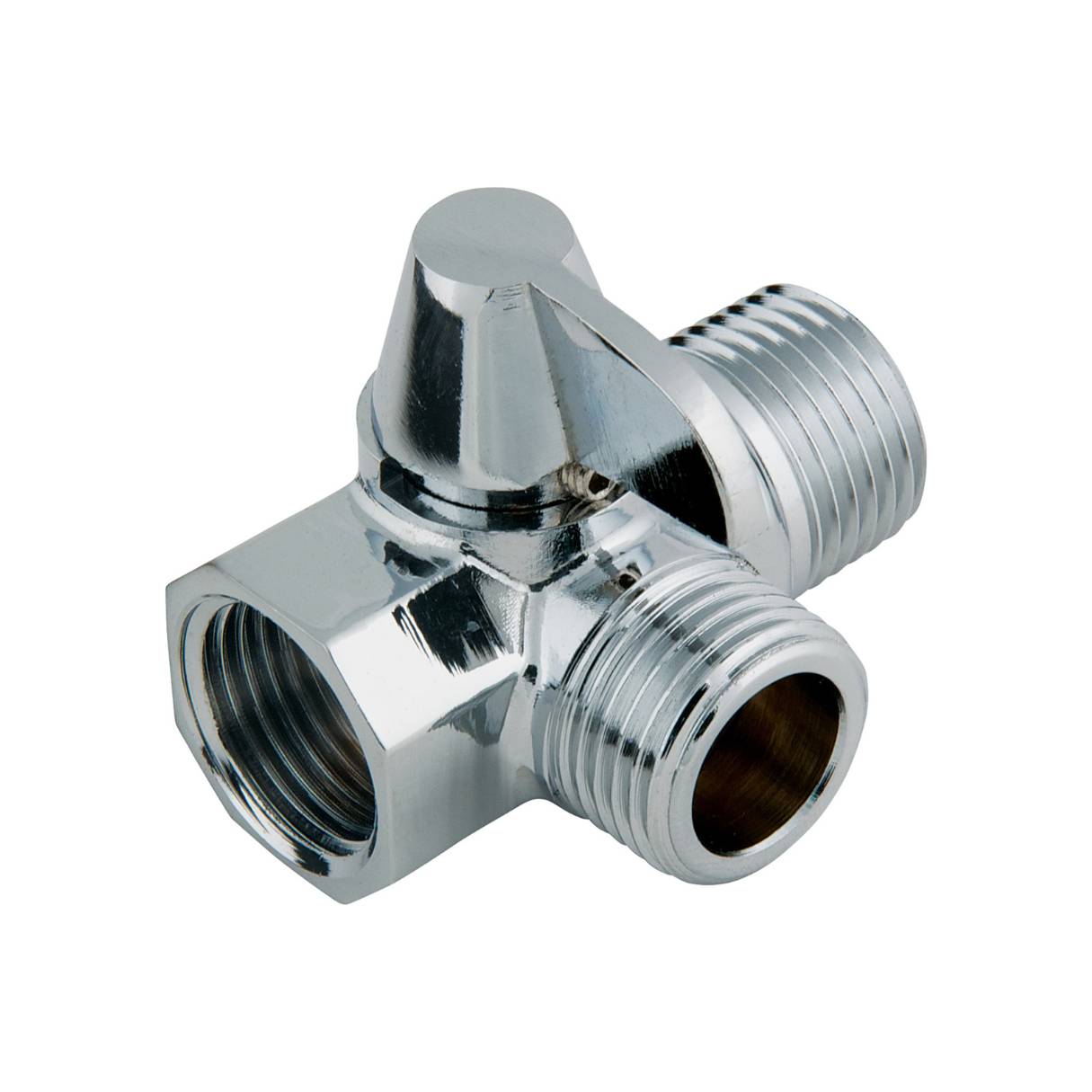

0 thoughts on “What Is Bushing In Plumbing”